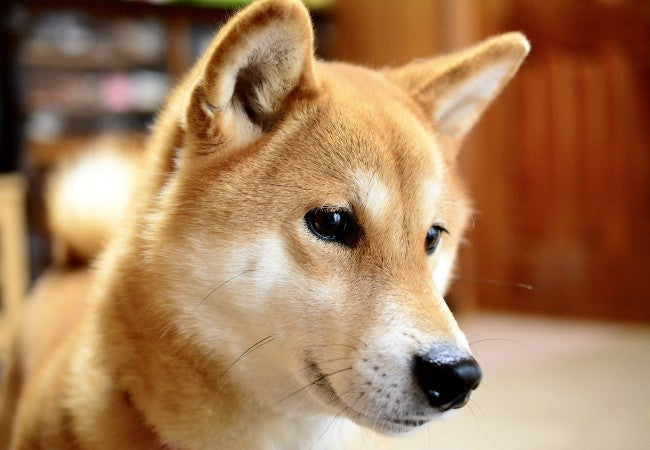Shikoku Inu Guide 2025: Vet Approved Japan’s Loyal Agile Companion ✅🐺

In this article
Shikoku Inu Guide 2025: Vet Approved Japan’s Loyal Agile Companion ✅🐺
By Dr. Duncan Houston BVSc
📜 History & Heritage
The Shikoku Inu, also known as Shikoku Ken or Kochi‑ken, hails from Shikoku Island in Japan. Developed by the Matagi hunters in mountainous regions, they were prized for hunting deer and wild boar using barking and biting (“Hoeru-dome” and “Kami-dome”) techniques. In 1937, the breed was designated a Living Natural Monument of Japan. Today, although rare—with about 5,000–8,000 in Japan—they remain loyal working companions.
🐕 Size, Appearance & Physical Traits
- Height: 17–22 in (43–55 cm); Weight: 35–55 lb.
- Coat: Rough, straight outer coat with dense undercoat; medium-length fur that resists dirt.
- Colors: Sesame (black-tipped), red, black & tan—with “urajiro” cream markings under the jaw, chest, legs, and tail.
- Lifespan: Typically 10–12 years.
🧬 Health Screenings & Genetic Risks
- Hips & Elbows: Screen for dysplasia; watch for lameness.
- Patellar Luxation: Test kneecap stability.
- Eyes: Annual exams to detect cataracts or retinal issues.
- Epilepsy: Breed prone to seizures—early diagnosis and management critical.
🎭 Temperament & Behavior Science
Shikokus are loyal, intelligent, and reserved dogs—devoted to their families but often aloof with strangers. Their hunter instincts drive high prey and territory awareness; they bark alertly, but aren’t aggressive guard dogs. Moderately trainable, they require firm, consistent leadership to channel their independence. Owners report: > “Training a Shikoku requires patience…They’ll test limits…intelligent but selective compliance.”
👪 Family Fit & Social Needs
- Best for experienced owners—strong leadership, early socialization essential.
- Medium tolerance with older children; may be mouthy or protective without proper upbringing.
- Prey-driven—may chase small pets; supervision and training vital.
- Quiet indoors—barks mainly as warning; apartment living is possible if exercise needs are met.
🏃 Exercise, Training & Enrichment
- Exercise: At least 60 min/day—long walks, hikes, tracking or scent games.
- Training: Firm and consistent using reward/correction balance; early social exposure imperative.
🧼 Grooming & Coat Care
- Brush 2–3× weekly; daily during seasonal “blow” shed in spring and fall.
- Bathe only when necessary—coat is self-cleaning.
- Trim nails bi-weekly; check ears weekly and brush teeth 2–3×/week.
🍽️ Nutrition & Feeding Advice
Feed high-quality adult formula sized for medium-active breeds. Divide into two meals to maintain energy. Monitor weight to prevent joint stress.
🏥 Preventive Health & Vet Care
- Annual bulk vet screenings: ortho, ocular, epilepsy check-ups
- Parasite prevention, dental exams, joint supplements if active
- Prompt seizure action plan with vet guidance
🌟 Dr Houston’s Shikoku Wellness Checklist
- 📆 Annual health screenings (joints, eyes, neurology)
- 🏃 Meet exercise & mental enrichment needs daily
- 🧼 Regular grooming & seasonal de-shed care
- 🎯 Consistent training with early socialization
- 📱 Ask A Vet for behavior or seizure support
🌟 Final Summary & Lifestyle Fit
The Shikoku Inu brings a fierce yet faithful essence, perfect for devoted owners ready to meet their high energy and independence. With structured care, health monitoring, firm training, and mental enrichment, this vibrant hunter can flourish as a loyal companion, adventure partner, and quiet indoor friend for over a decade. 🏞️
Need expert guidance on training, seizures, or behavior—is your Shikoku thriving? Visit AskAVet.com or download the Ask A Vet app for 24/7 tailored advice. 📱🐶






